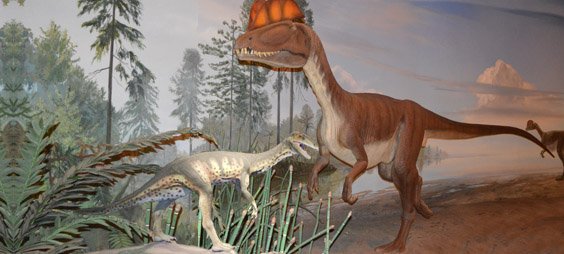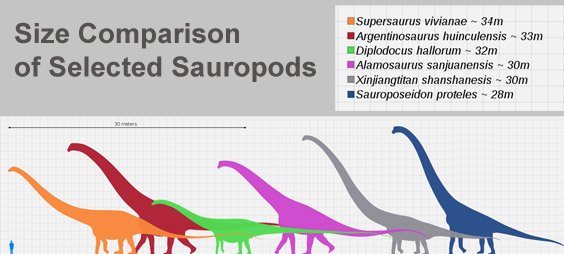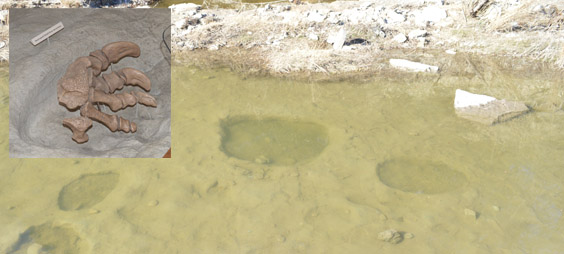The museum starts with dinosaur tracks... fossil dinosaur footprints made by two types of dinosaurs. So let's get going by identifying those dinosaurs. One is a theropod and the other an ornithopod. By the way, all of the dinosaur tracks in the museum are real fossils footprints.



